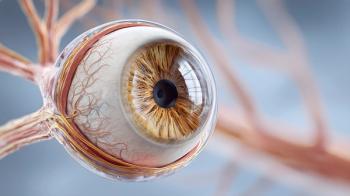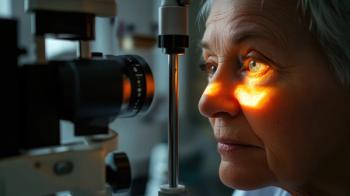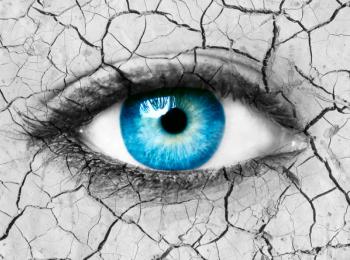
Analysis Assesses Relationship Between Dry Eye Disease and Psychiatric Disorders
A meta-analysis has found that depression and anxiety are significantly correlated with dry eye disease symptoms but not to dry eye disease signs.
Depression and anxiety are more prevalent and severe in patients with dry eye disease, according to a review and meta-analysis
“The relationship between dry eye disease and psychiatric disorders is a complex one. Although a strong association has repeatedly been found between these disorders, the interaction between them is still not clearly defined,” wrote investigators.
Dry eye disease is a common inflammatory disease estimated to affect 39 million or more adults in the United States. The disease can lead to dryness, inflammation, pain, discomfort, irritation, diminished quality of life, and in severe cases, permanent vision impairment.
Investigators, led by Monali S. Malvankar-Mehta, Ph.D., assistant professor at Schulich School of Medicine and Dentistry, Western University, in Ontario, Canada, conducted a review of the literature to assess correlations of depression and anxiety with dry eye signs and symptoms. They included 32 studies in their assessment, with 31 reporting on depression and 19 on anxiety, published between 2015 and 2019. Most studies used self-report questionnaires, with the most common being the Patient Health Questionnaire and the Hospital Anxiety and Depression Scale (HADS). Three studies used a clinical diagnosis to determine depression status.
This analysis confirmed the association of dry eye disease and depression and anxiety. The meta-analysis found a depression prevalence of 40% in patients with dry eye disease. Prevalence of anxiety was 39%. Depression and anxiety scores were significantly higher in patients with dry eye disease in all studies analyzed.
A previous systematic review on studies published before 2015 found similar results, with the odds of depression and anxiety being 2.92 and 2.80 times higher in DED patients, respectively.
In this analysis, depression and anxiety were found to be significantly correlated with dry eye disease symptoms but not to dry eye disease signs.
“It is likely that depression and anxiety can be causes as well as effects of DED. The ocular discomfort and eye fatigue of DED can be distressing to patients, limiting their functioning and leading to changes in mood,” they wrote.
One limitation of this review was that it included all types of dry eye disease etiology, which led to significant heterogeneity of the studies included. This may have limited the generalizability of the results. Additionally, most studies analyzed used self-report questionnaires and the studies used several different scales.
Newsletter
Get the latest industry news, event updates, and more from Managed healthcare Executive.


















































